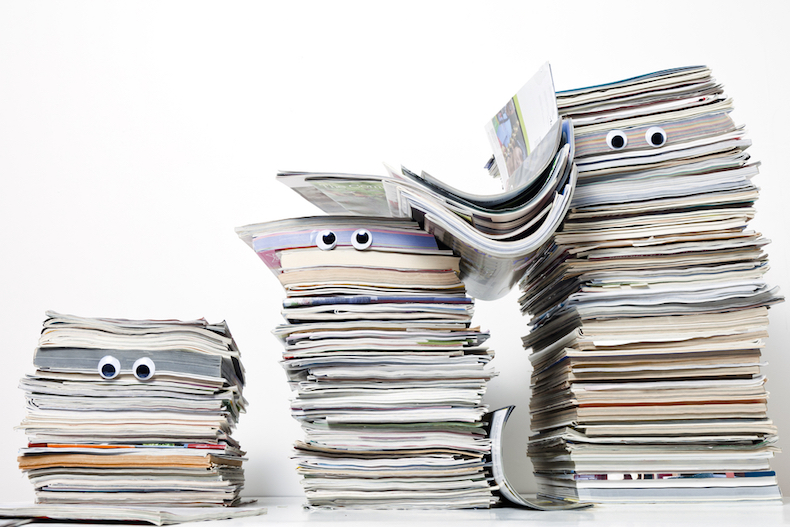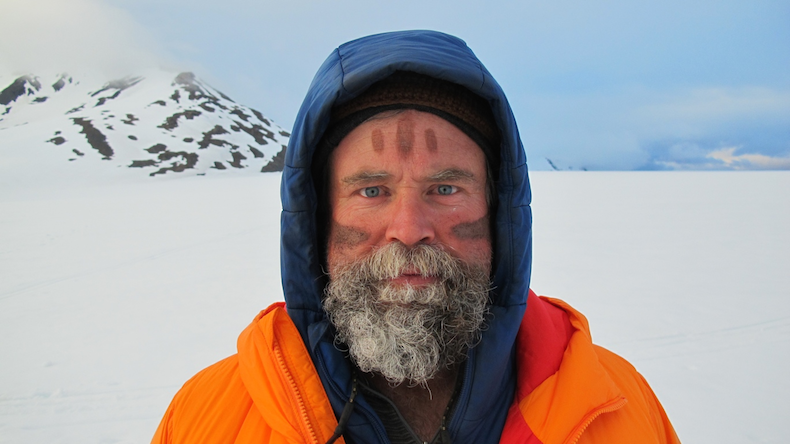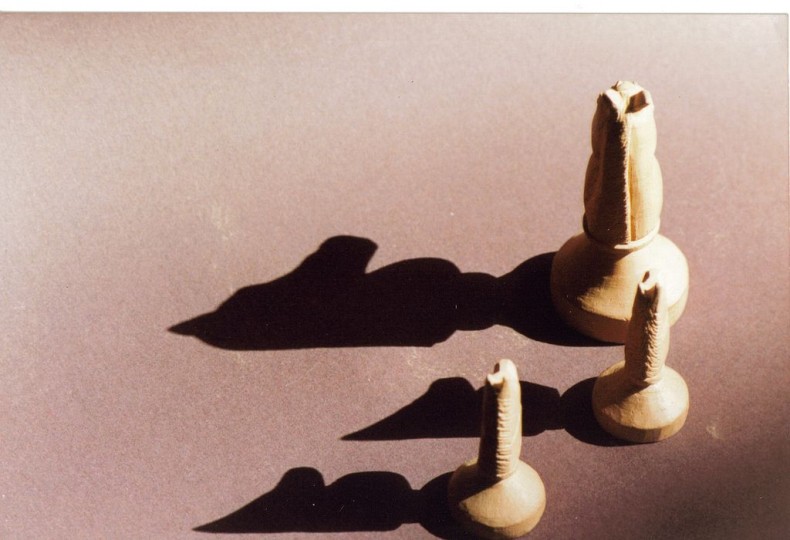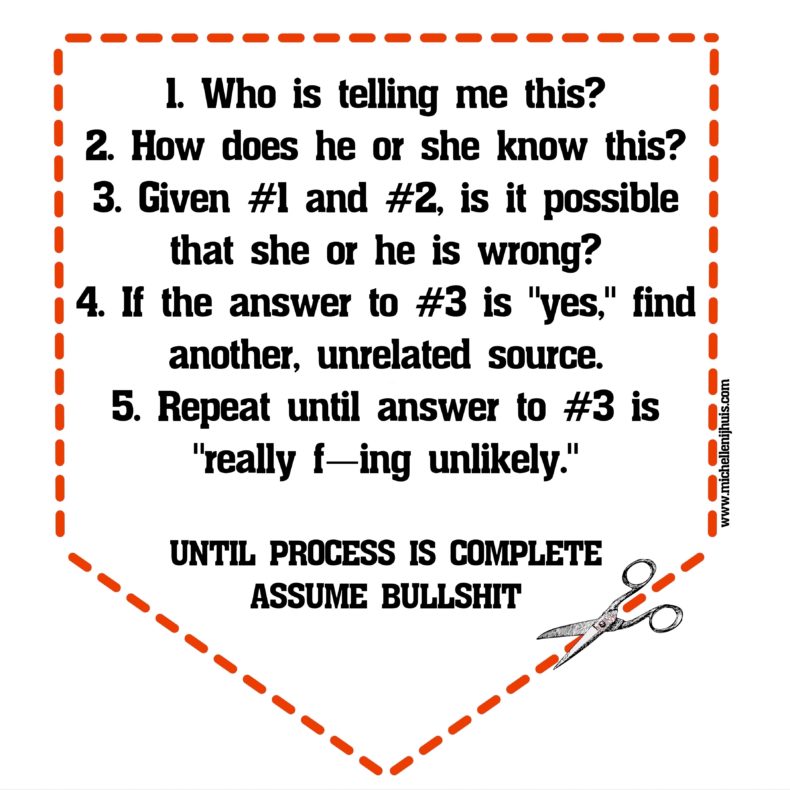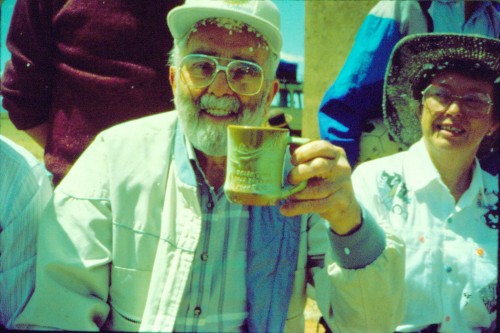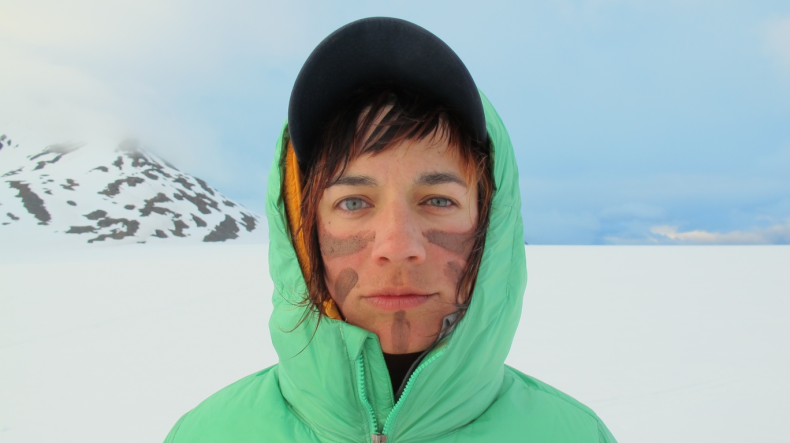Earlier this year, I made the case for tracking outcomes. As we enter 2015, now is a natural time to reflect on the year that was. As I do every December, I’ve spent some time this month evaluating my work performance, my accomplishments and my failures, and, as always, the process has led me to insights that I would have otherwise missed. Here, I argue that everyone can benefit from tracking outcomes, and I explain why sometimes we resist.
Earlier this year, I installed a little program on my computer that tracks how I spend my time. At the end of the day, it can tell me how many minutes I spent editing a specific document, how long it took me to write a blog post and how much time I spent surfing the internet or checking email. The time tracker is part of my ongoing experiment on how to better manage my time. I’d been playing around with different tools for a while when it occurred to me that I didn’t actually know where all my time was going. So I started collecting data.
The results were enlightening. I was certain that social media and LOL cats were hogging too much time, but after tracking my numbers for a little while, I discovered that those diversions were just little blips. The data showed me that email was my actual number one time suck. I’d had no idea it was so bad, probably because internet surfing feels like guilty pleasure, while email feels like work.
Simply identifying the problem represented a huge step toward fixing it. Within a week, I had doubled my productivity score and cut in half the amount of time I was wasting on email. I didn’t take any drastic measures. I added a couple new filters to improve my email triage, but mostly I just paid attention. With the little timer window watching me, I automatically became more mindful of my habits.
I’ll never be one of those people who tracks every step and quantifies every possible aspect of their lives, but I’ve become a believer in tracking how I’m doing in areas I’d like to improve. Yes, tracking outcomes is often tedious, but it’s worth doing, because it turns out that we’re not very good at judging our performance. Most people think they’re above average, and this is true across disciplines. For instance, a 2006 study published in JAMA found that, “physicians have a limited ability to accurately self-assess,” and a 2012 study found that doctors overestimate the value of the care they provide. Continue reading →
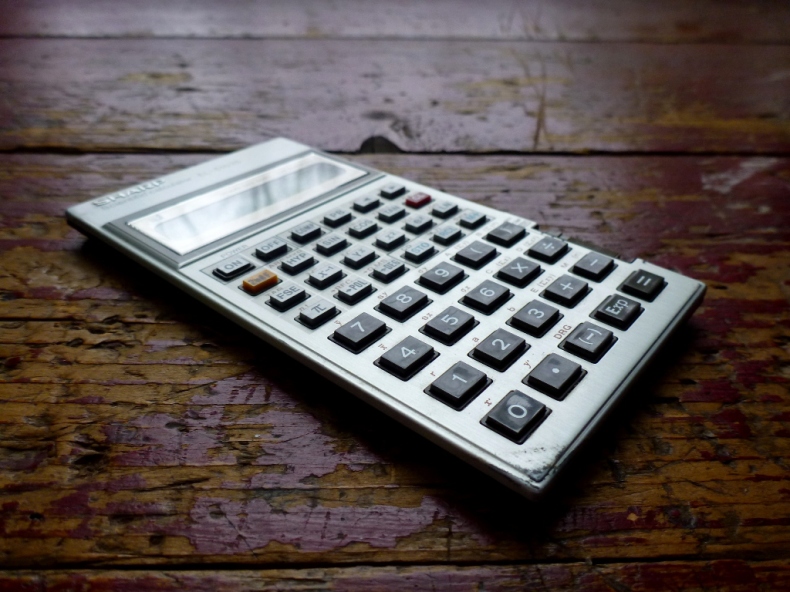 My cell phone battery only capriciously holds a charge. My laptop battery isn’t much better. In fact, it seems that I have to replace my computer every three years because something goes kaplooey. The current one no longer emits sound. Oh, the darned CPU fan still sounds like a wheezing freight train chugging up a long, torturous incline. But I can’t hear the audio on Jimmy Fallon videos, use Google Hangout or rely on that essential noise that Outlook makes to remind me of an interview scheduled in 15 minutes.
My cell phone battery only capriciously holds a charge. My laptop battery isn’t much better. In fact, it seems that I have to replace my computer every three years because something goes kaplooey. The current one no longer emits sound. Oh, the darned CPU fan still sounds like a wheezing freight train chugging up a long, torturous incline. But I can’t hear the audio on Jimmy Fallon videos, use Google Hangout or rely on that essential noise that Outlook makes to remind me of an interview scheduled in 15 minutes.